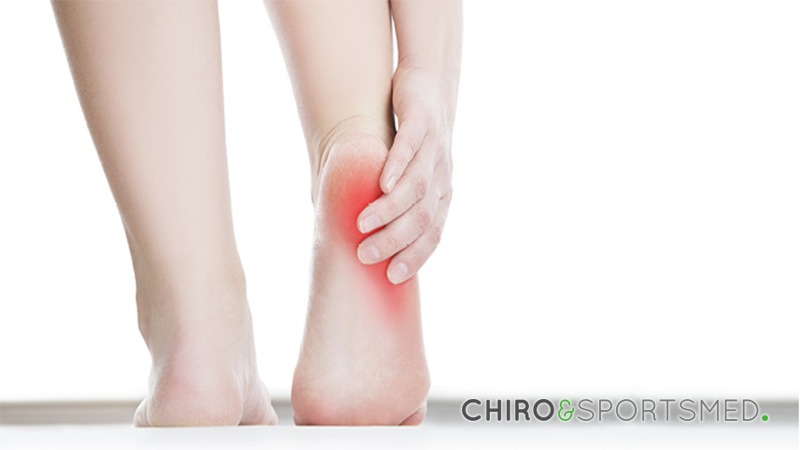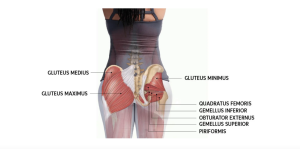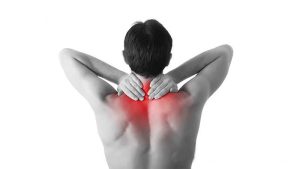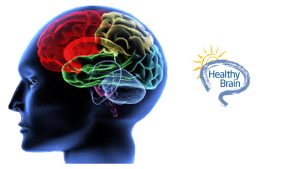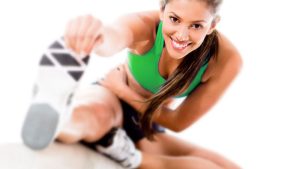What is Sever’s Disease?
Sever’s Disease (also known as calcaneal apophysitis) is a common cause of heel pain in children that are growing, especially those who are physically active. Sever’s Disease occurs when the growth plate (the growing part of the heel) is affected by inflammation (swelling). This results in pain and discomfort sensed in the lower parts of the body.
The growth plate has a region of developing cartilage cells which over time transform into bone cells. As this occurs the existing growth plate expands and unite to form mature bone. This type of growth plate injury usually occurs in children who are physically active and during their growth spurt into adolescence that can be approximately a 2-year time period. For females this could be from 8-13 years of age and for males 10-15 years of age. Sever’s Disease rarely occurs in older teens because the back of the heel usually finishes growing by the age of 15, when the growth plate hardens and the growing bones fuse together into mature bone.
Sever’s Disease Causes
Why children encounter Sever’s Disease is because the heel bone’s rate of growth is faster during early puberty in comparison with the rate in which the leg muscles and tendons are developed. As a result, the muscles and tendons in the area end up being tight. Therefore reducing flexibility to the heels and ultimately putting pressure on the growth plate causing pain.
Other causes that can contribute to the appearance of Sever’s Disease are:
- Increased running or jumping activity
- Tightened hamstrings
- Stiff calf muscles
- Prolonged standing, which keeps the heel under continuous pressure
- A flat or high arch of the foot, that can later also result in Achilles tendon pain
- Excess body weight
- Improper footwear
Symptoms of Sever’s Disease
The most common signs and symptoms of Sever’s Disease are:
- Pain in the heel
- Limping
- Tight calf muscles
- Heel swelling and redness
- Decreased ankle range of motion
- Heel pain that is worse during or after activity
- Heel pain in the morning,
- Pain in the heel when squeezed.
Sever’s Treatment
Have your child sit down or stop any activity that causes heel pain. Apply ice to the injured heel for 20 minutes 3 times a day. If your child has a high arch, flat feet or bowed legs, things like arch supports, orthotics, heel cups may be recommended as it can assist with treating Sever’s.
Stretching exercises for the hamstring and calf muscles will also be helpful. Perform each stretch 2 or 3 times a day and hold for about 30 seconds. It is also important to stretch both legs even if the pain is only in one heel. Strengthening exercises to the muscles on the front of the shin and lower leg helps to promote healing and recurrence of this injury. Your child should not walk barefoot with active Sever’s disease as this can increase the pain and inflammation.
With rest and after heel bone growth is complete, the pain and discomfort can disappear. Therefore most children will return to their activities without any recurrence once the symptoms have subsided. However, if not treated and addressed properly Sever’s can reoccur. Tight calf muscles and foot issues might be an issue in the future.
Our chiropractors at Chiro & Sports Med are committed to providing chiropractic solutions to address your unique needs, whether you are experiencing an irritated nerve, bulging disc, back pain, neck pain, knee pain, headaches, or even muscular tightness and tension. You may be searching for pain relief after an accident or experiencing an injury. Our mission is to help reduce or eliminate pain and to prevent future problems and injury. Above all, we are here to improve your quality of life, well-being, and your ability to live an active healthy lifestyle.
If you would like to make an appointment with one of the chiropractors at Chiro & Sports Med simply call our office on 9817 2005 and one of our friendly staff will organise an appointment for you.
